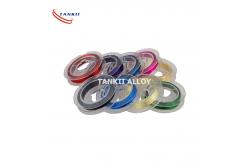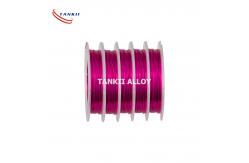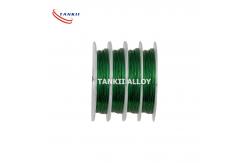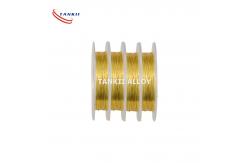Colorful Enameled Varnish Wire
|
|
0.1mm-1.5mm Colorful Enameled Varnish Wire for Instrument Decoration
Magnet wire or enameled wire is a copper or aluminum wire coated with a very thin layer of insulation. It is used in the construction of transformers, inductors, motors, generators, speakers, hard disk head actuators, electromagnets, electric guitar pickups and other applications that require tight coils of insulated wire. The wire itself is most often fully annealed, electrolytically refined copper. Aluminum magnet wire is sometimes used for large transformers and motors. The insulation is typically made of tough polymer film materials rather than enamel, as the name might suggest.
Type
Like other wire, magnet wire is classified by diameter (AWG number, SWG or millimeters) or area (square millimeters), temperature class, and insulation class.
The temperature class indicates the temperature of the wire at which it has a 20,000 hour service life. At lower temperatures the service life of the wire is longer (about a factor of 2 for every 10 °C lower temperature). Common temperature classes are 105 °C, 130 °C, 155 °C, 180 °C and 220 °C.
Copper windings in a miniaturized electric motor Electric motors contain coils to produce the required magnetic fields. For a given size of motor frame, high conductivity material reduces the energy loss due to coil resistance. Poorer conductors generate more waste heat when transferring electrical energy into kinetic energy. Because of its high electrical conductivity, copper is commonly used in coil windings, bearings, collectors, brushes, and connectors of motors, including the highest quality motors. Copper’s greater conductivity versus other materials enhances the electrical energy efficiency of motors. For example, to reduce load losses in continuous-use induction-type motors above 1 horsepower, manufacturers invariably use copper as the conducting material in windings. Aluminium is an alternate material in smaller horsepower motors, especially when motors are not used continuously. One of the design elements of premium motors is the reduction of heat losses due to the electrical resistance of conductors. To improve the electrical energy efficiency of induction-type motors, load loss can be reduced by increasing the cross section of copper coils. A high efficiency motor will usually have 20% more copper in the stator winding than its standard counterpart. Early developments in motor efficiency focused on reducing electrical losses by increasing the packing weight of stator windings. This made sense since electrical losses typically account for more than half of all energy losses, and stator losses account for approximately two‐thirds of electrical losses. There are, however, disadvantages in increasing the electrical efficiency of motors through larger windings. This increases motor size and cost, which may not be desirable in applications such as appliances and in automobiles.
|
||||||||||||||||||||||||
| Product Tags: enamelled copper wire enamel magnet wire |
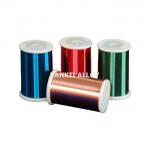
|
Polyurethane Enameled Copper Nickel Heating Wire 0.018-1.2mm |
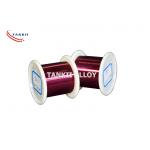
|
Enameled Ni80Cr20 Nichrome Wire 0.02-1.5mm Resistance Alloy |
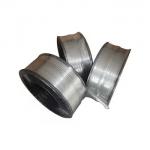
|
Metco 8400 Ni95Al5 Thermal Spray Wire 1.6mm for Arc Spraying |

|
200°C High Temp Manganin Enameled Wire 6J13 for Resistors |

|
180C Polyesterimide Enameled Aluminium Wire 0.40-0.50mm |
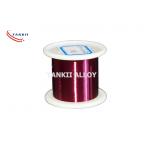
|
K Type E Type T Type Thermocouple Enamelled Wire / Rod |

